Entrepreneurs in our time are actively translating the residential premises of an apartment building into non-residential. The market for such real estate, suitable for non-productive business, is quite young. He is only about 15 years old, but he is dynamic and lively.
This article explains the nature and details of the procedure for a dwelling to acquire non-residential premises status.
Benefits of Translation
Status change housing costs much less than renting a finished office. In Moscow, near metro stations, tenants pay 250,000 rubles a month for a former two-room apartment. An entrepreneur who equips a non-residential premises in an apartment building is much more profitable than a person who has acquired commercial real estate. The price of the latter in Moscow, judging by current announcements, ranges from 350 thousand rubles to 700 thousand rubles per square meter.
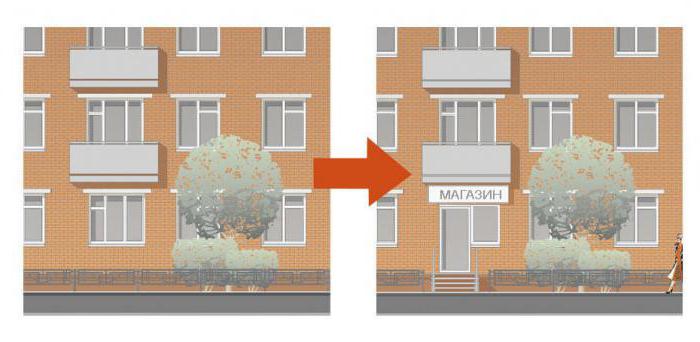
By equipping non-residential premises in an apartment building, entrepreneurs wisely invest in fixed assets: mini-markets, various offices, etc. Thus, the urban infrastructure of small businesses is significantly developed.
An increase in the non-residential fund due to housing implies significant variability in the location of offices and shops. The ideal room for this in an apartment building is an apartment located on the first floor of a crowded street in a passageway.
Favorable is the placement near the metro infrastructure, public transport stops, various institutions. The price of apartments on the ground floor near metro stations, etc., sometimes doubles the cost of housing floors higher. In residential areas, on the contrary: the price of the first level is 10% lower.
Some entrepreneurs are transforming to further lease the resulting non-residential premises. It's profitable. Judge for yourselves: for the rent of a two-room apartment in Moscow, its owner receives 40-50 thousand rubles a month, and for the equivalent non-residential premises, it is 5-6 times more.
Conditions for a successful transfer
Sometimes it is initially impossible to transfer an apartment to a non-residential premises. The person implementing it should observe the conditions for a successful transaction stipulated by the Housing Code of the Russian Federation (Article 22):
- The preferred location of the apartment is on the ground floor. If it is higher, residential apartments should not be lower than it.
- Residents discharged from it.
- The condition of the house is not recognized as emergency.
- The future owner of non-residential premises in an apartment building obtained the consent of the neighbors. (This subjective moment must be taken into account, it often becomes fatal for entrepreneurs).
- There is an architectural opportunity to equip a separate entrance.
- Possible redevelopment of non-residential premises in an apartment building.
- The apartment is not withdrawn from the housing stock to open production, a bathhouse, a public toilet, dry cleaning, a funeral home, a reception center for dishes, other facilities not provided for in residential buildings by SNIPs.
If gas has been supplied to the living room, it will have to be vented. The current regulatory framework is prohibited from using gas appliances in a non-residential premises. A significant advantage for the future store will be the presence of a basement in a residential building. It can be attached to the converted apartment legally in the form of a warehouse.
Barriers to translation
Recall the “bottlenecks” encountered in equipping non-residential premises in an apartment building.Most of them are associated with difficulties in realizing a separate isolated additional entrance. The latter is necessary for the logistic denouement of the daily route of the movement of residents of the entrance with flows of customers or customers.
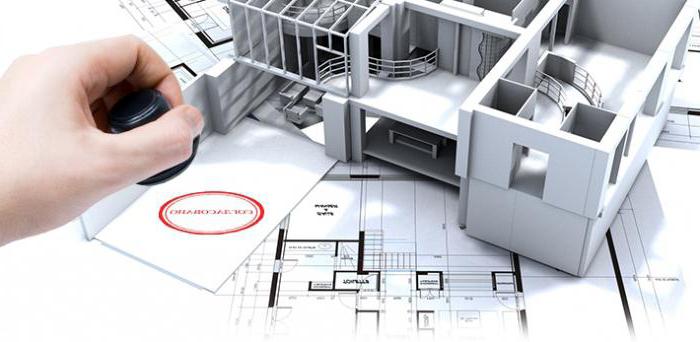
The housing legislation of Russia provides for mandatory town-planning norms and rules, which must comply with the non-residential premises introduced into the apartment building. The property of shared nature of residents has a separate legal protection, which the entrepreneur must also take into account.
Transfer of residential premises into non-residential premises (hereinafter referred to as the Transfer) is unacceptable:
- in case of compatibility of access to it with access of other residents to their residential premises;
- if it is impossible to have a separate entrance to it;
- if the potential non-residential premises in an apartment building are part of the residential premises;
- if it is used as a place of permanent residence of the owner or any other citizen;
- if any persons are entitled to the premises.
Respect for residents
The entrepreneur, when transferring residential premises to non-residential premises, shall obtain written consent of tenants in the following cases:
- Re-equipment of fencing structures.
- Classes in equipping the entrance of a part of the territory.
- Arrangement of signboards (advertising).
These consent are drawn up by the minutes of the meeting of shared owners, while nuances are possible. Quite calmly, residents react to the opening of a pharmacy or a center for children's development in their home. They are relatively tolerant in the case of equipping a store there. But the arrangement on the ground floor of the bar will meet with their serious resistance. The council of residents of a house has the right to establish tariffs for utilities that are five times higher than the residents' fees for similar services to a “non-favorite” enterprise.
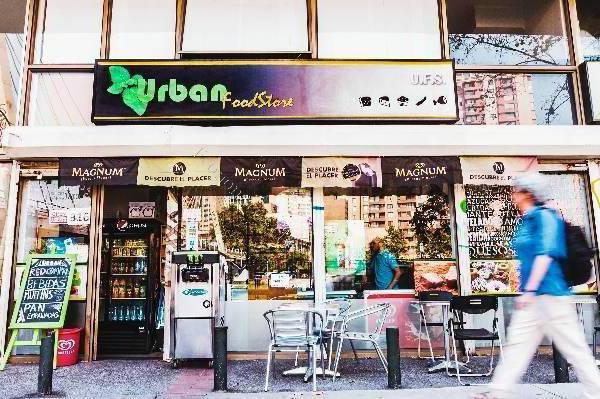
To appease their neighbors, entrepreneurs have to take on social burdens: landscaping or elevators. A notable fact is known: one of the dental companies that uses several apartments on the ground floor in order to resolve the conflict, set a 20% discount on its services to residents of the house.
Documents for translation
According to the Housing Code, a transfer is made through approval by the local government. The owner of non-residential premises in an apartment building or authorized by him provides for consideration by local authorities a package of documents:
- Transfer Statement.
- The registration certificate of the room.
- Legal documents - originals or notarized copies thereof.
- Floor plan of the house where the translated premises is located.
- A project for the redevelopment or reconstruction of the transferred premises, if necessary.
About project approval
The project must be coordinated with certain services, including departmental: Rospotrebnadzor, city government, architecture department (department), Ministry of Emergency Situations supervision, management company.
It should provide not only a separate entrance, but also internal re-equipment, redevelopment of the former office apartment, reconstruction work, facade equipment. In this case, narrowing of the ventilation ducts is not allowed.
Review procedure
Having received documents from the entrepreneur, local governments consider them within a month and a half, deciding whether to approve the transfer or refuse it. The decision taken is sent to the entrepreneur within three days.
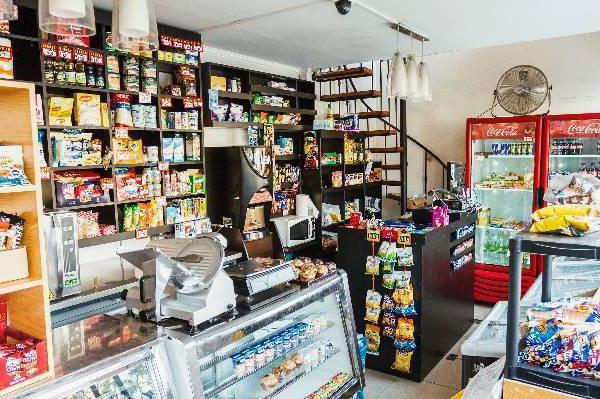
It is the legal basis for the Transfer if redevelopment of non-residential premises in a residential multi-apartment building is not required. Otherwise, the solution allows you to change the design according to the project.
The implementation of the redevelopment is confirmed by an act signed by the acceptance committee from the self-government body. This act will be the basis of the Translation for an entrepreneur changing design.
About refusal
Local authorities issue a refusal of a Transfer in the following cases:
- Failure by the entrepreneur to provide the required list of documents.
- Violations of the essential conditions of the Translation.
- Significant deviation of the actual work from the parameters of the approved project and the agreed documentation.
- Inconsistencies of the draft law.
- The lack of a protocol of the general meeting of residents of the house.
- Non-compliance with the parameters of the approved project and the agreed documentation.
The decision on the refusal must be justified and detailed to indicate specific violated Translation standards. The applicant receives it, or it is mailed to him within three days. An entrepreneur has the right to appeal it in court within three months.
An already issued permit may be canceled when the neighbors-residents appeal to the court or to local authorities with a complaint.
About utility bills
The entrepreneur pays for non-residential premises in an apartment building utilities at the rates provided for legal entities. At the same time, he has the right to either conclude an agreement with the management company, or conclude agreements for public services with resource-supplying enterprises and pay for them.
In the formula, when calculating the amount of utility bills at home, the total area of all its premises (both residential and non-residential) should be used. The total does not include common areas.
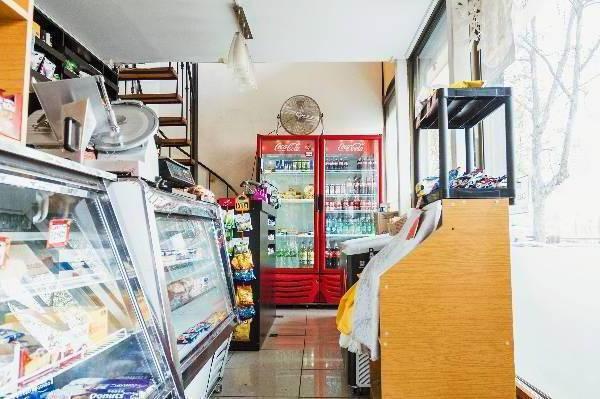
The error arises if the house is equipped with common house meters for a certain service, and only apartments are listed as users. At the same time, the owners of non-residential premises unjustifiably shift the burden on the residents. Residential and non-residential premises in an apartment building should be adequately taken into account by resource-supplying enterprises and management companies.
House from residential - in non-residential
If a small business transfers nothing more than apartments from housing to non-residential, then for large and medium-sized businesses it’s no wonder that larger-scale operations. For example, the transfer of an apartment building to a non-residential premises.
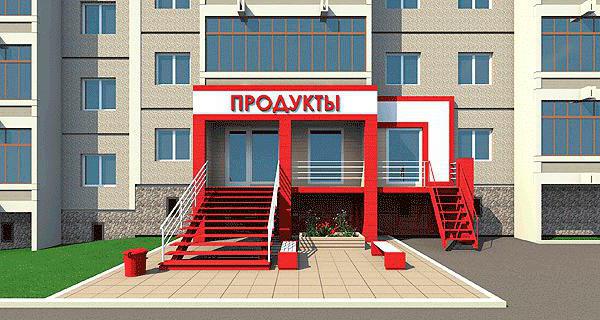
Business growth is ahead of the pace of non-residential construction; it often lacks existing office centers. In this case, residential buildings turn into them. This procedure is described in Art. 22-24 of the Housing Code of the Russian Federation.
For the transfer, the entrepreneur contacts the local administration or the MFC with a package of documents, including:
- Application for Transfer.
- Documents proving ownership.
- Plan of the house.
- Project if redevelopment is needed.
Within a month and a half, they make a decision on the documents. However, this transfer is not legally feasible if the house is built on a site allocated for individual housing construction.
Operations with nonresidential real estate
A lease agreement for non-residential premises in an apartment building or an agreement on its sale and purchase - such documents legalize the basic operations with non-residential real estate. When leasing, the parties must fix in a contractual manner the following conditions of the transaction:
- Clearly indicate the object that is being leased.
- Determine the amount of rent and the procedure for indexing it.
- To stipulate the mechanism of depreciation payments.
- The procedure for restoring leased property.
- Set the terms of its redemption.
Revenues from apartments on the ground floor after their transfer to non-residential real estate increase significantly. However, according to the latest documents of the Ministry of Finance, the costs of entrepreneurs can also rise sharply. For example, the same property tax is supposed to be calculated on the basis of the cadastral value. Judging by the plans of the supreme financial authority, the tax rate on non-residential premises will exceed five times the rate on residential.
Conclusion
An entrepreneur who transforms an apartment on the ground floor into a non-residential building in an apartment building runs the risk of incurring unjustified financial expenses due to a possible refusal by local governments.However, the game is worth the candle: in the end, he receives fixed assets at a bargain price, many times lower than the purchase of commercial real estate.
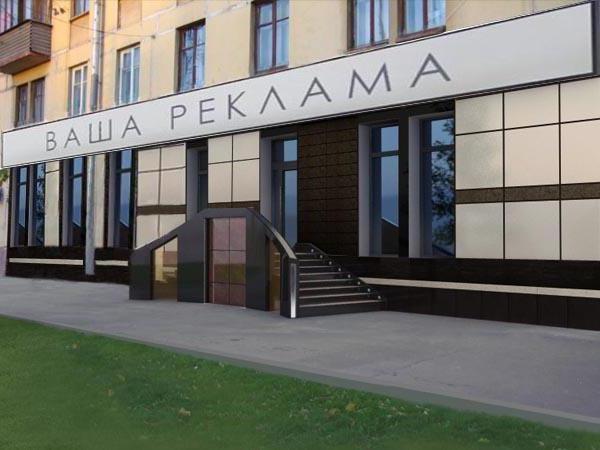
However, such a procedure takes about six months in time, which inevitably bears imputed costs. It also conceals possible pitfalls: hidden prohibiting circumstances, inadequate reaction of neighbors. Given the above, entrepreneurs practice applying for the services of Translation to specialized law firms.